The relative of the traditional beet is the leaf beets of Mangold began to cultivate more than 2,000 years ago in ancient Egypt and Greece. In Russia, the plant found its use in the XI century. Then people have added to their diet, both useful tops and slim chickens of Mangold.
Mngolding varieties
The height of the Mangold can reach 70 cm. Thanks to the beautiful colorful tops, this vegetable is not only the decoration of any garden or flower bed, but also has pleasant taste. Greens do not call it, as the beet mangold belongs to vegetable crops and is most often used when decorating dishes. Beets are also prepared and added to a variety of dishes. This product has long failed to give gourmet in all corners of the world. For the preparation of dishes used young and juicy stalks of the plant. Its successfully can also be added to the food home herbivore. The beneficial properties of the Mangold can be called her therapeutic features. Especially effective beet with diabetes, diseases of the kidneys, anemia.
In agriculture, there are mostly two types of beets of Mangold - it is a cherry beet and leaf. In turn, decorative cherry beet is divided into such varieties:
- mangold scarlet. Has bright red stiff and green wavy leaves. Can be used as spinach;
- with green camp;
- with silver-white camp. Has corrugated leaves;
- pacifics with red, raspberry or purple tint;
- puffs with yellow and orange tint.
Sheet beet wears such names:
- mangold green;
- winter;
- swiss, yellow;
- constantly growing. All types of Gangold sheets have a strong outlet and many leaves.
What a beet mangold looks like, you can see in the photo.
Mangold and its useful properties
It is suitable for use not only the leaves of the plant, but also its sweets, which also contain a huge amount of useful substances. As part of the young beet there are components such as:
- Vitamin C and B, B2.
- Vitamins PR, R.
- Potash, calcium, phosphoric and iron salts.
Mangold leaf beets is valuable not only by the presence of vitamins in its composition, but also excellent taste. The plant has a high yield. Gardeners note that with one small bed, more than 1 kg of suitable leaves and cuffs can be collected. Early spring greenhouse vegetable is particularly rich in vitamins, so doctors recommend using a product in large quantities. At this, the beneficial properties of beets are not finished. With regular use, the work of the liver, heart and vessels is improved. Let's mangold in food to children, as the plant increases immunity and improves growth. In addition, this product is effective in combating baldness. To activate hair growth on a certain section of the head, cassea is applied from the plant.
Growing Mangold
In European countries, leaf beets of Mangold is considered to be a two-year plant, but with our climate, its cultivation is produced once a year. This is due to too frosty winter when the plant is not able to withstand low temperatures. Although Mangold is able to calmly carry a relatively soft winter. It is also not for the cultivation of this greenery in greenhouses under the film. In the fall, the soil on the bed should also be prepared in advance. For this, it is fertile to manure for the entire winter.
Gringing Mangold:
- In the soil with a temperature of about + 4 degrees, vegetables seeds fall in late autumn. As a rule, it is done in wooden boxes with a soil. Before planting seeds, they need 2 hours to hold in a manganese solution.
- After 14 days, the first shoots begin. It is necessary to settle a plant into fertile soil, then the beets will be juicy and tasty. If you leave to germinate seeds in heavy and sandy soil, then Mangold will grow up tasteless.
- Throughout the winter, it should often watered seedlings, and at the beginning of May it is planted in the ground. When landing should be avoided in the shade, otherwise the plant will slow down its growth.
- Plants are planted at a distance of 25 cm from each other. Also, every time you need to change the place of planting vegetable, as the old place can be pests, which hunt juicy leaves and beets stems. Gardeners recommend landing the mangold in place, where tomatoes, cucumbers, legumes, carrots or potatoes were planned.
- The seedlings have just needed to pour the lime solution at the rate of 1 cup by 10 liters. water. Thus, the beet receives fertilizers. You should also not forget about abundant irrigation. If you do not observe the water mode, then the commercial leaves will be hard. When germinating seedlings, you should not forget about the thinning of the Gangold series.
- To increase the mangold yield, the soil on the garden must constantly explode, thus feeding oxygen to the roots of the plant.
- Periodically, it is necessary to hold a weeding, destroying weeds, which, among other things, can be causative agents of fungal diseases of beets. Coloros should be pulled out.
- When the plants are formed a powerful socket on 6 leaves, and this is about July-August, you can begin harvesting.
Mangold loves various organic lures. However, do not forget that this plant easily absorbs nitrates, so the feeding is carried out in certain doses. Mangold fertilizer is suitable and mineral fertilizers.
Purchase leaf beets also with green fertilizers.
Mangold cleaning and storage
Rules for cleaning and storage:
- After disembarking in May, Mangold's leafy varieties are ready for cleaning after 2.5 months after planting seedlings into the ground, cuffs - after 3 months. As a reference point, the height of the leaves of plants should be about 25 cm.
- Large leaves along with sweets gently cut out with a knife. The procedure is done very carefully, so as not to get dirt and not damage the leaves. On average, 1 kg of harvest can be collected from one bed of 1 meter.
- Only cut leaves of the plant should be used immediately after cutting or stored in a refrigerator no more than 2 days. So recommended gardeners.
- If you want to keep the trick of the Mangold for a longer period, then it is enough to leave it in the wet sand for the winter.
- New leaves can grow again until October, and then the roots of the plants must be removed completely.
With proper cultivation of the beet, the mangold forms a powerful outlet, split root and many leaves. If your plant survived the winter, then for the second year it forms long stems with flowers and seeds. Edible in Mangold are cuttings and leaves, tasteless roots and are not suitable for use.
Very important, landing seedlings and seeds are carried out in a well-lit place, as well as timely to reload the ranks of the mangold (to achieve a height plant in 3 cm). If this does not carry out - then the beets will slow down its growth and development, as well as its harvest. The average distance between leaf beet seedlings should be 8 cm.
The plant with abundant irrigation will always have volumetric and juicy leaves. The quality and taste of the mangold also affects the level of soil acidity, the mangold does not like acidic soils.
Contraindications for the use of mangold
Not everyone is allowed by the use of mangold in food:
- The Mangold contains a lot of vitamin K and its amount may exceed the daily rate necessary for the human body. Therefore, it is necessary to use beets in moderate quantity. In excess, vitamin K provokes the increase in platelets, increases blood viscosity. To know the measure in the consumption of Mangold, people suffering from varicose veins, thrombophlebitis, migraines, as well as having an increased level of cholesterol.
- As part of sheet beet, there is oxalic acid and to reduce its concentration, the mangold must be serving and then only add to dishes. In excess, oxalic acid is contraindicated to people with kidney and gallbladder diseases.
There is no harmful effect on the body of healthy people beets.
Pest and mangold disease
Becks have many pests:
- Significant harm to the plant can cause a "black leg" disease. Plant infection cause mushrooms and bacteria. When the mangold is ill, its leaves begin to fade and fade, stalks are black, the root dries out and the plant dies. The development of the disease contributes to the soil with high acidity, the remains of infected plants on the surface and inside the soil, as well as insect larvae. In particular, the "black leg" ruffles a plant in hot weather, this happens within 6 days. The basic measure of the fight against the disease is the proper preparation of the soil. Before planting seedlings, make sure that the soil does not contain residues of infected plants, and also has normal acidity. Watering plants should be moderate, since the excess moisture can also provoke the development of the disease.
- Another fungal disease, which carries the harm harm, is called "Mutemy Rosa". Plant illness causes small parasites on the surface of the leaves of the plant. The first symptoms of the appearance of the fungus is a white flare, which subsequently forms drops. Later, the leaves of the plant change their color, griste and dry out. As prevention of gardeners, it is recommended to pollinate the Ganghold leaves with a solution of sulfur (3 times per season), nitrogen fertilizers. It is necessary to feed the beets of phosphorus and potassium, which increase its protective properties. If all the same disease began to strike healthy leaves, they must be cut and to spray the leaves with special mixtures to combat powdery mildew. With an excess of moisture in the soil can develop severe Black leg of infecting young plants at the very first stage of their germination. As a result, the spine begins to rot, the leaves turn yellow and the plant disappears. Pest control - the use of potash, which is necessary to cultivate the soil before making seedlings. If this was not done before the landing, in the process of growing chard plant roots flavor of potash in the dissolved state.
- Considerable harm is harmed and beet fleets. These are small insects, beetles of dark bronze color beetles. At the beginning of the spring, the parasites are powered by weeds, and then go to the young Bott of Mangold's beets, destroying the middle on the leaves of the plant. During drought, these beetles are especially active. In the late spring, females lay eggs into the soil next to plants, such eggs can be up to 300 pcs. Appeated pest larvae feed on the roots of plants and rub them. New beetles from larvae appear by the beginning of August. In the fall, when the harvest is assembled, the beetles move to the weeds in the upper layers of the soil. Extermination of pests are simply necessary, and only insecticides will help.
- A special solution can be used against the TI, which can be done at home. To do this, it is necessary to stir three finely sliced \u200b\u200bbulbs with 10 liters of water. All this is insisted within 24 hours. The fluctuine should be sprayed by the Gangold leaves. And before making seedlings in the soil, the ash or tobacco dust is made in advance.
Mangold use
Large and juicy beet leaves are suitable for cooking vitamin salads, vinegar and various snacks. The greens are added to soups, second dishes. It can also be hung on oil. Cells need to be boiled in salted water and fry in a frying pan.
Delicious Mangold leaves can also be fermented as cabbage, and petioles - pick up as cucumbers in a jar in a vertical position.
To preserve the maximum number of vitamins in the Mangold, it is necessary to just boil over a few minutes and then, cutting into pieces, add to omelets, paste, mix with refills and sauces.
Alternatively, you can prepare such dishes from the Mangold:
- vegetarian lasagna;
- botvinya;
- vitamin salads with mangold;
- cabbages in beet leaves;
- puff pastry patties with mangold;
- stoles stewed in sour cream;
- potato nests with leaf beet;
- taskan soup;
- lentil with Mangold.
And this is not a complete list of all sorts of delicacies that can be prepared with leaf beet. By connecting fantasy and fiction, you can delight your loved ones by copyrighted and original dishes with the addition of Mangold.

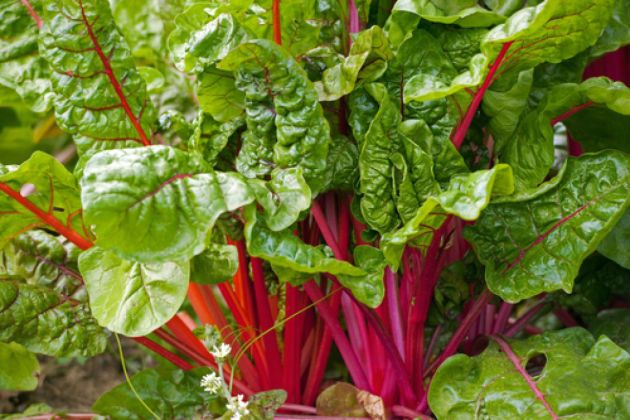
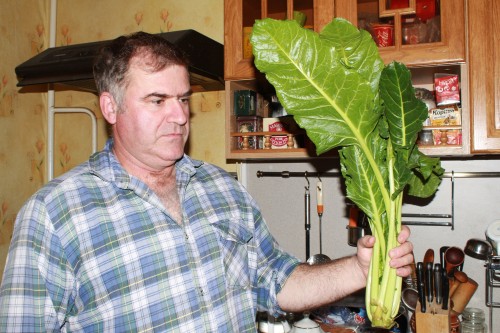
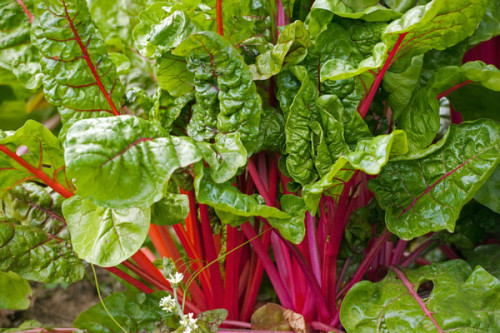
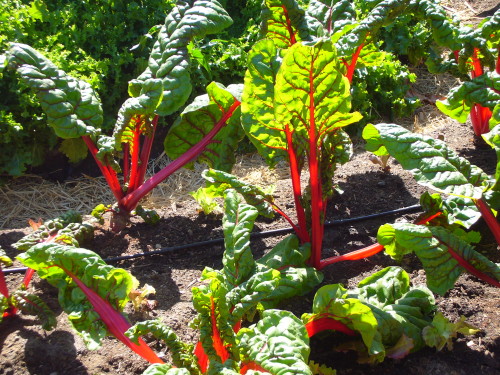
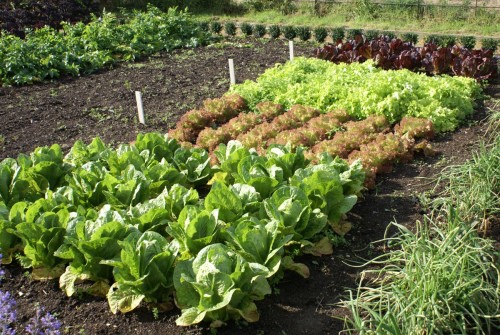
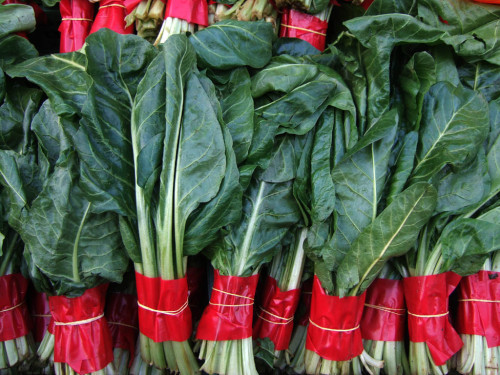
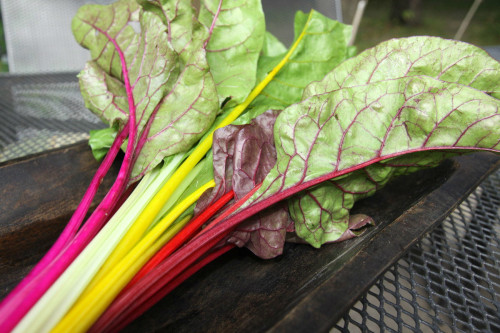












 Start a discussion ...
Start a discussion ...